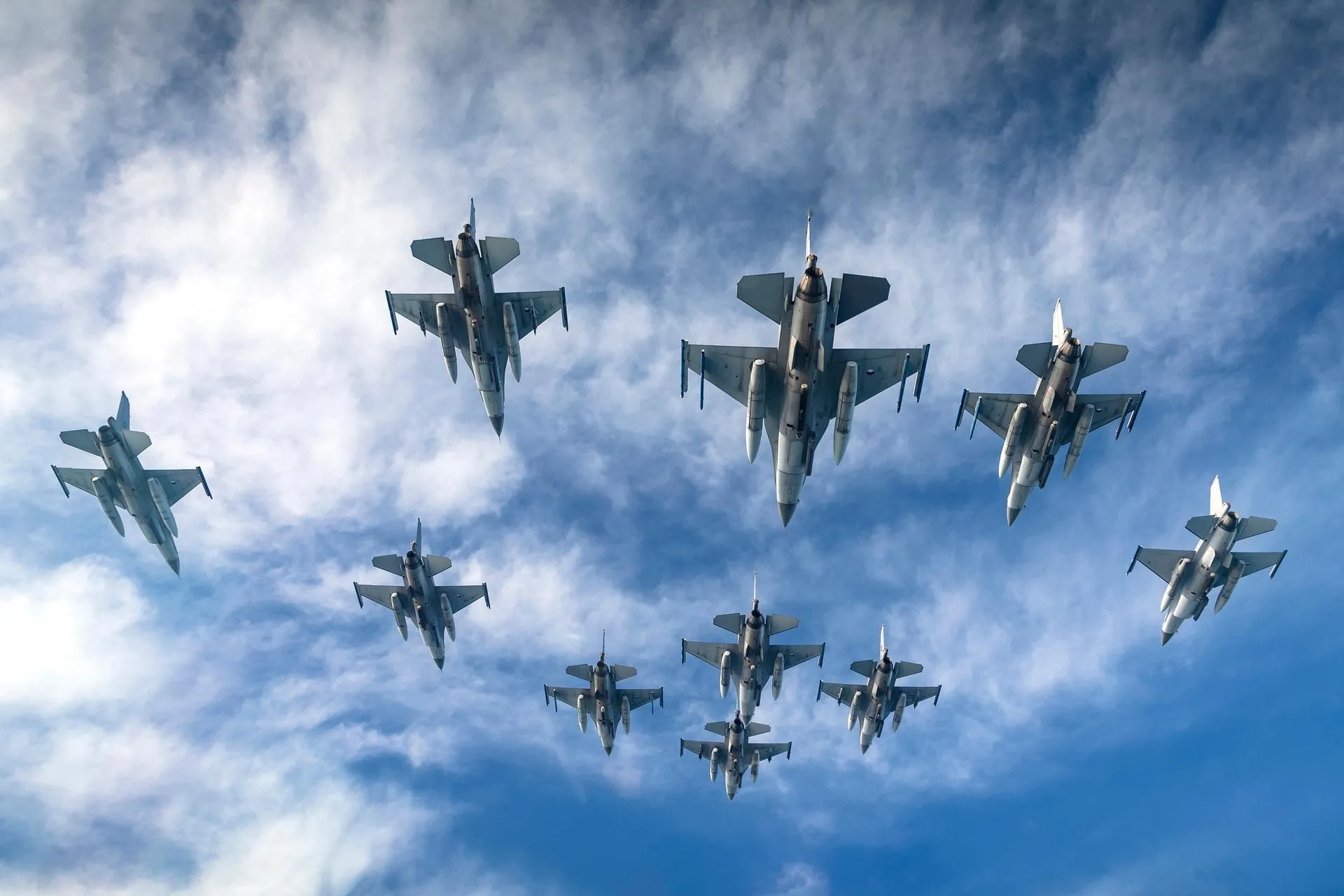Dick Cheney and the sanitising of a war criminal | Opinions
And so another member of the old “war on terror” team has left the world. Dick Cheney, who served as the most powerful vice president in the history of the United States during the two-term administration of George W Bush (2001-2009), died on Monday at the age of 84.
According to a memorial statement issued by his family, Cheney was “a great and good man who taught his children and grandchildren to love our country, and to live lives of courage, honor, love, kindness, and fly fishing”.
And yet many inhabitants of the Earth will remember the late VP for rather less warm and fuzzy things than love and fly fishing. As the chief architect of the “global war on terror” – which was launched in 2001 and enabled the US to terrorise various locations worldwide under the guise of fighting “terrorists” – Cheney died with untold quantities of blood on his hands, particularly in Iraq.
In the run-up to the US invasion of Iraq in 2003, Cheney swore that the “Iraqi regime” had been “very busy enhancing its capabilities in the field of chemical and biological agents” and that the country had continued “to pursue the nuclear programme they began so many years ago”. Per the vice president’s hallucinations, this pursuit of weaponry was “for the purpose of inflicting death on a massive scale”.
As Foreign Policy magazine charmingly noted in its 2012 compilation of the “Top 100 Global Thinkers”, which included Cheney as well as numerous other characters with objectively dubious credentials in terms of thinking: “If scaring us silly were a religion, Dick Cheney would be its high priest.”
But Cheney’s fearmongering – and repeated lies concerning Iraq’s alleged weapons of mass destruction – worked like a charm in paving the way for the infliction of “death on a massive scale” in the country. It also paved the way for the lining of certain pockets, such as those associated with the US oil and engineering firm Halliburton, where Cheney himself served as CEO from 1995 until 2000 and which just happened to win $7bn in no-bid contracts in post-invasion Iraq.
Anyway, it was business as usual in the land of conflicts of interest and revolving doors.
Until his dying day, Cheney espoused a no-regrets approach to the illegal perpetration of mass slaughter and attendant suffering, telling CNN 12 years after the effective pulverisation of Iraq: “It was the right thing to do then. I believed it then, and I believe it now.” Never mind the hundreds of thousands of Iraqi deaths, the forcible displacement of millions, and the dousing of the country in toxic and radioactive munitions that will continue to impact Iraqi health basically for eternity.
Escalating cancer rates among the population have been attributed in part to the US military’s use of depleted uranium weapons, the traces of which “represent a formidable long-term environmental hazard as they will remain radioactive for more than 4.5 billion years”, as Al Jazeera has observed.
But, hey, I hear the fly fishing is great in Baghdad.
And the Iraq war is hardly Cheney’s only nonregret. In response to the 2014 CIA torture report on the US use of “enhanced interrogation techniques” such as rectal rehydration and waterboarding to extract information, Cheney stuck by his guns: “I would do it again in a minute.”
Nor is the “war on terror” the sole defining sadistic episode in the legacy of a man who was a fixture on the American political scene for decades. In December 1989, for example, the US military unleashed hell on the impoverished neighbourhood of El Chorrillo in Panama City, Panama, killing potentially several thousand civilians and earning El Chorrillo the nickname “Little Hiroshima”.
The US defence secretary presiding over the operation was none other than Cheney, this time under the leadership of George HW Bush, whose administration was eager to cure the American public of its post-Vietnam War aversion to military combat abroad with an excessive display of high-tech firepower and an easy “victory”. After the bout of devastation, during which many of El Chorrillo’s wooden shacks went up in flames along with their inhabitants, Cheney boasted that the deadly spectacle had “been the most surgical military operation of its size ever conducted”.
The “surgical” stunt in Panama was a test run for Operation Desert Storm against Iraq in 1991, which was also overseen by Cheney in his own sort of test run for the future infliction of mass death in the country.
Now Cheney is no more, joining his former comrades in war crimes Donald Rumsfeld and Colin Powell in the great beyond. In the wake of his demise, US news agencies and media outlets have restricted themselves to memorialising him as a “polarising” and “controversial” figure who, as The Associated Press diplomatically put it, “was proved wrong on point after point in the Iraq War, without losing the conviction he was essentially right”.
As usual, the corporate media can never bring themselves to call a spade a spade – or a war criminal a war criminal. But against the current backdrop of Israel’s US-backed genocide in the Gaza Strip and other global calamities, the loss of another mass murderer can hardly be considered bad news.
The views expressed in this article are the author’s own and do not necessarily reflect Al Jazeera’s editorial policy.






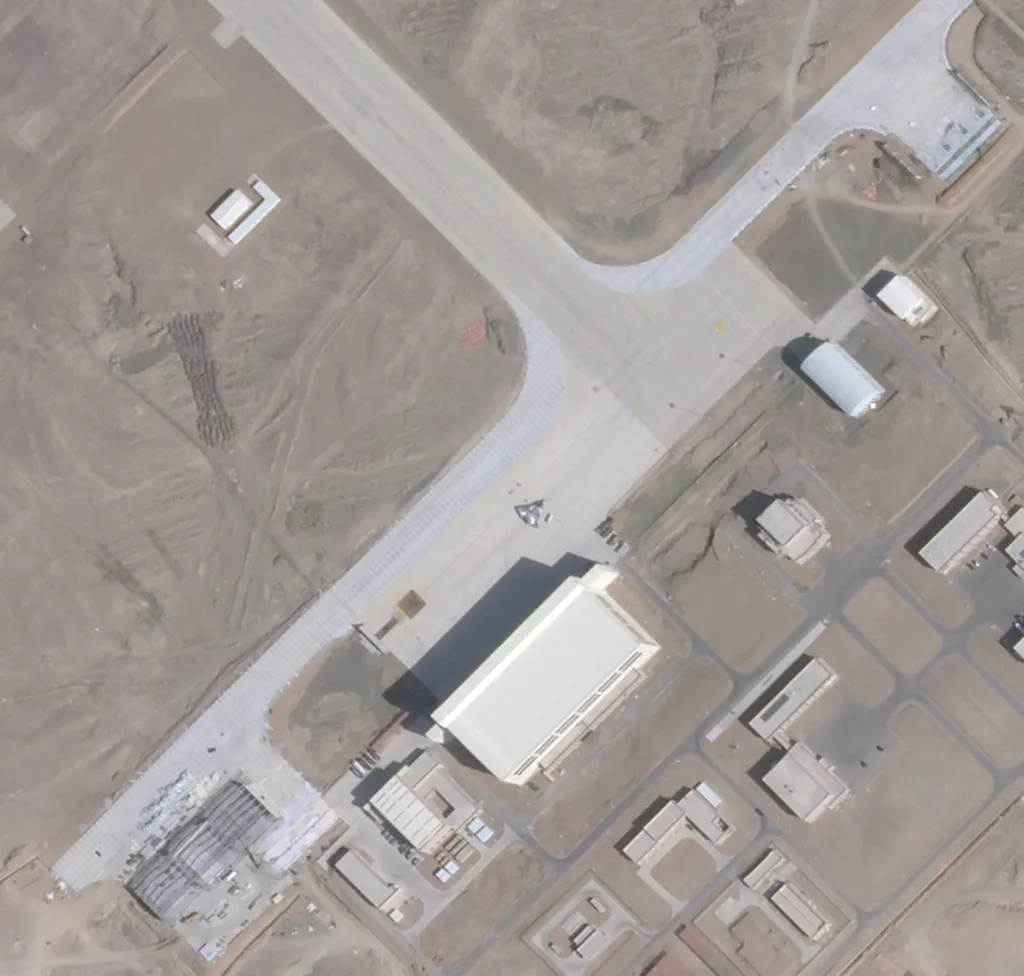












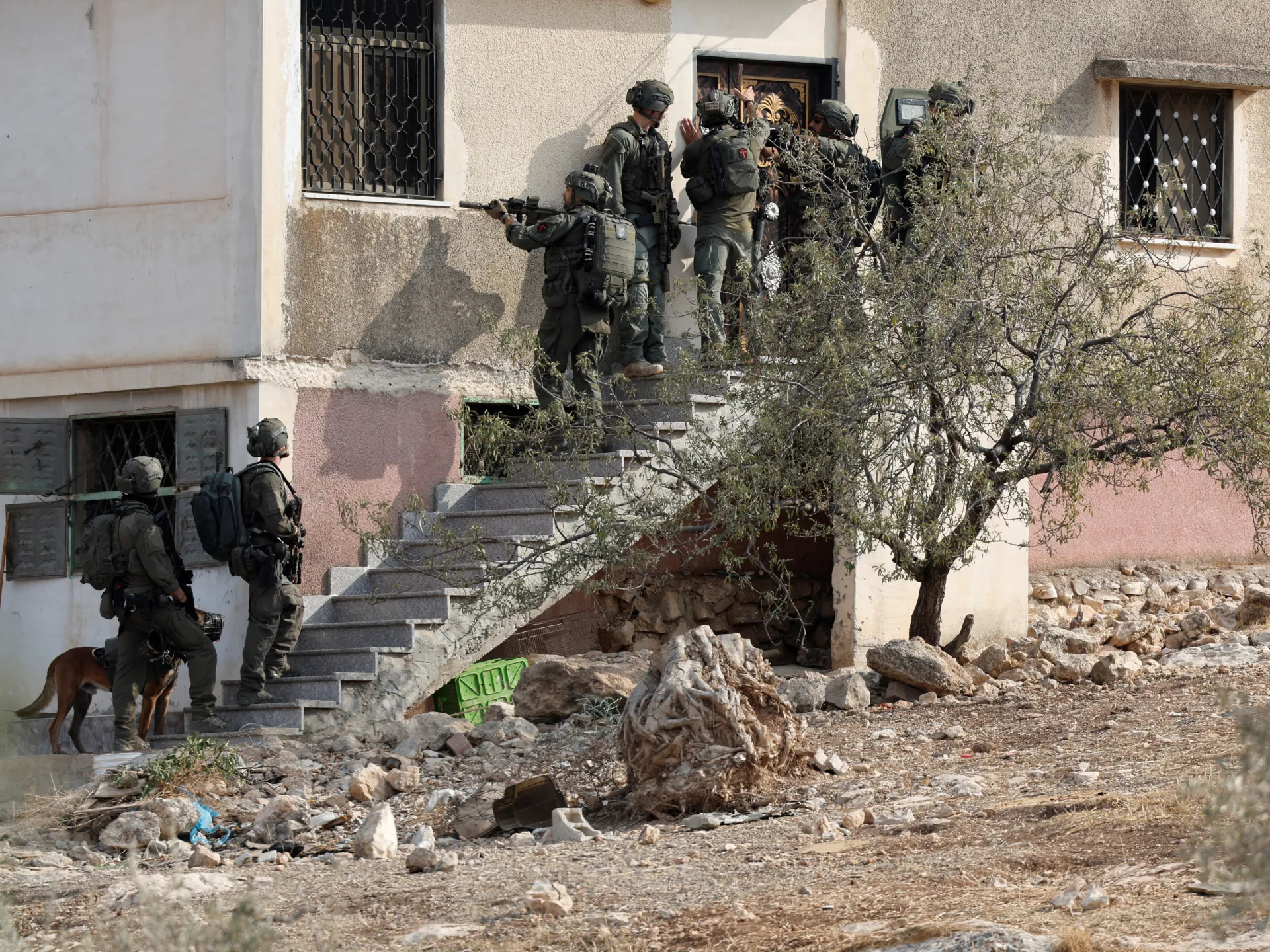

















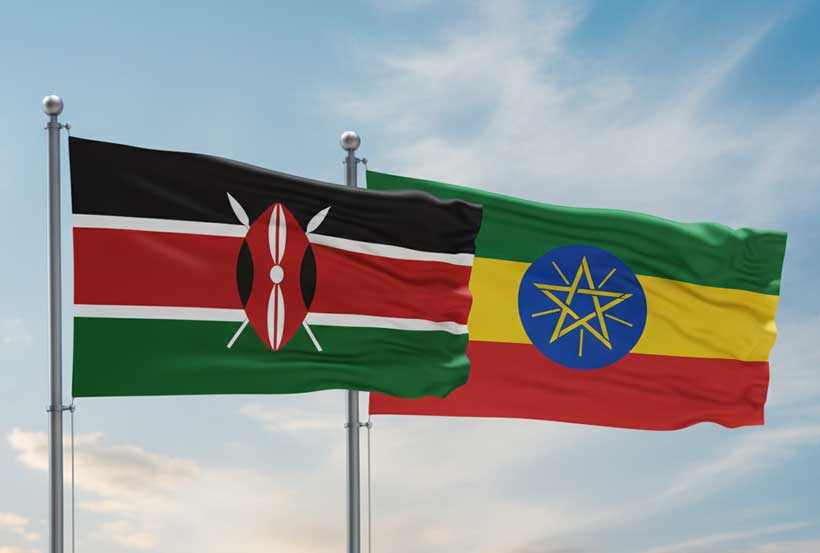

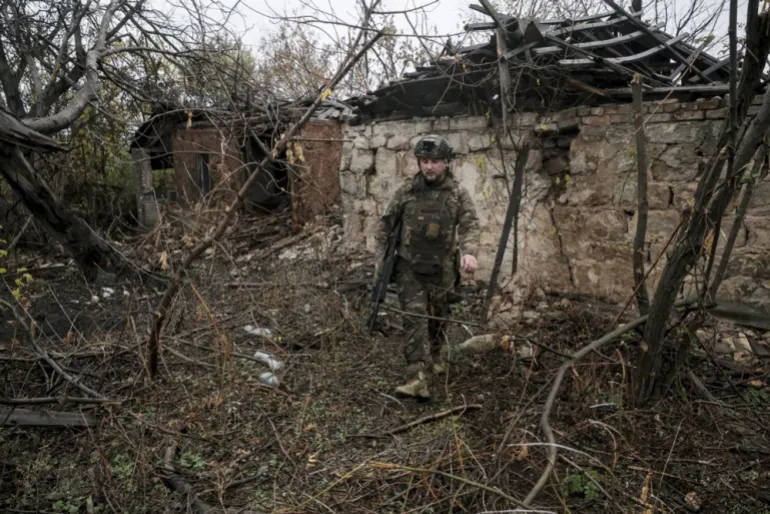

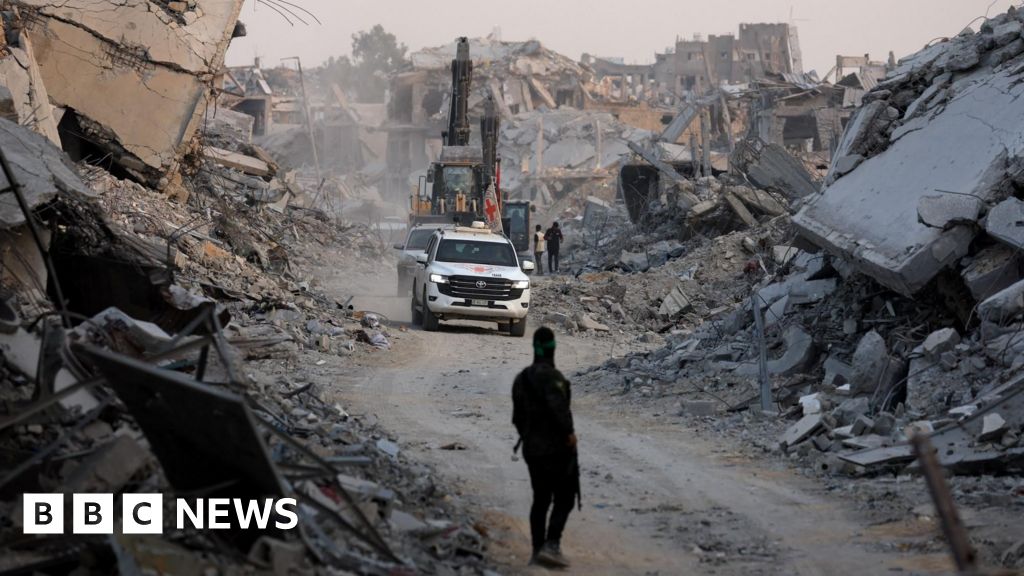
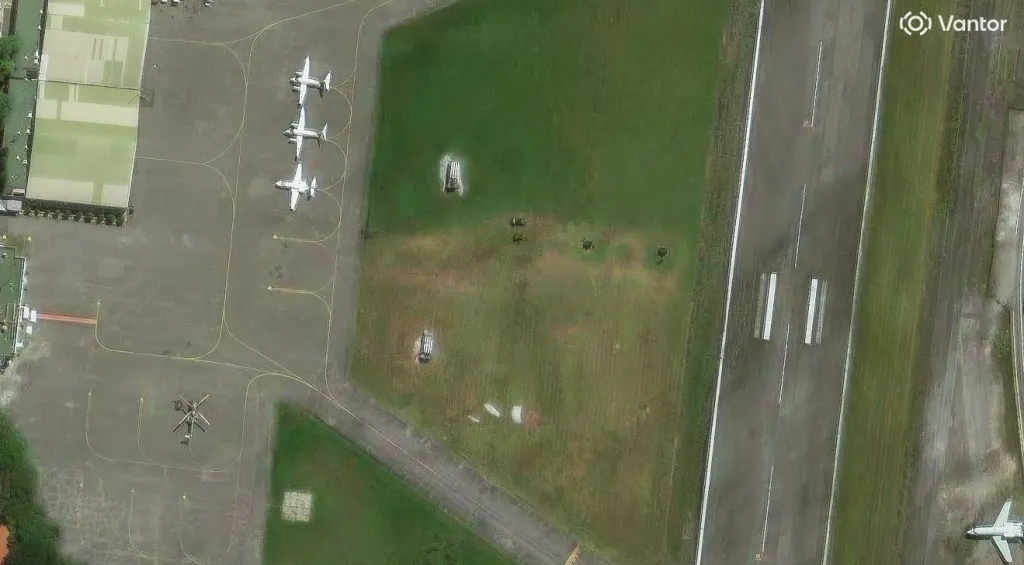




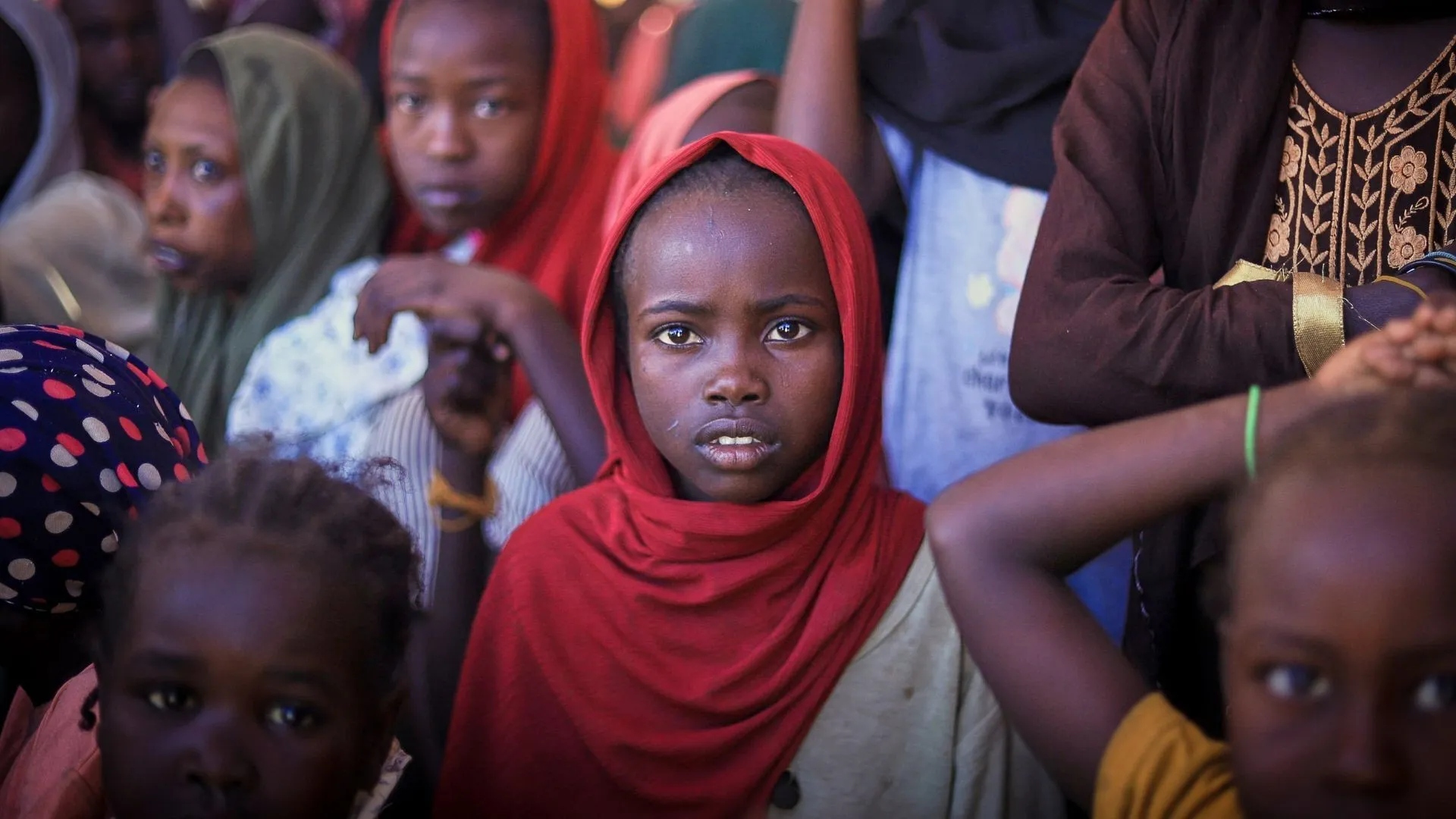


![Artemio Figuero, 59, [Joseph Stepansky/Al Jazeera]](https://i0.wp.com/www.aljazeera.com/wp-content/uploads/2025/11/Artemio-Figuero-59-1762276906.jpeg?w=640&ssl=1)






